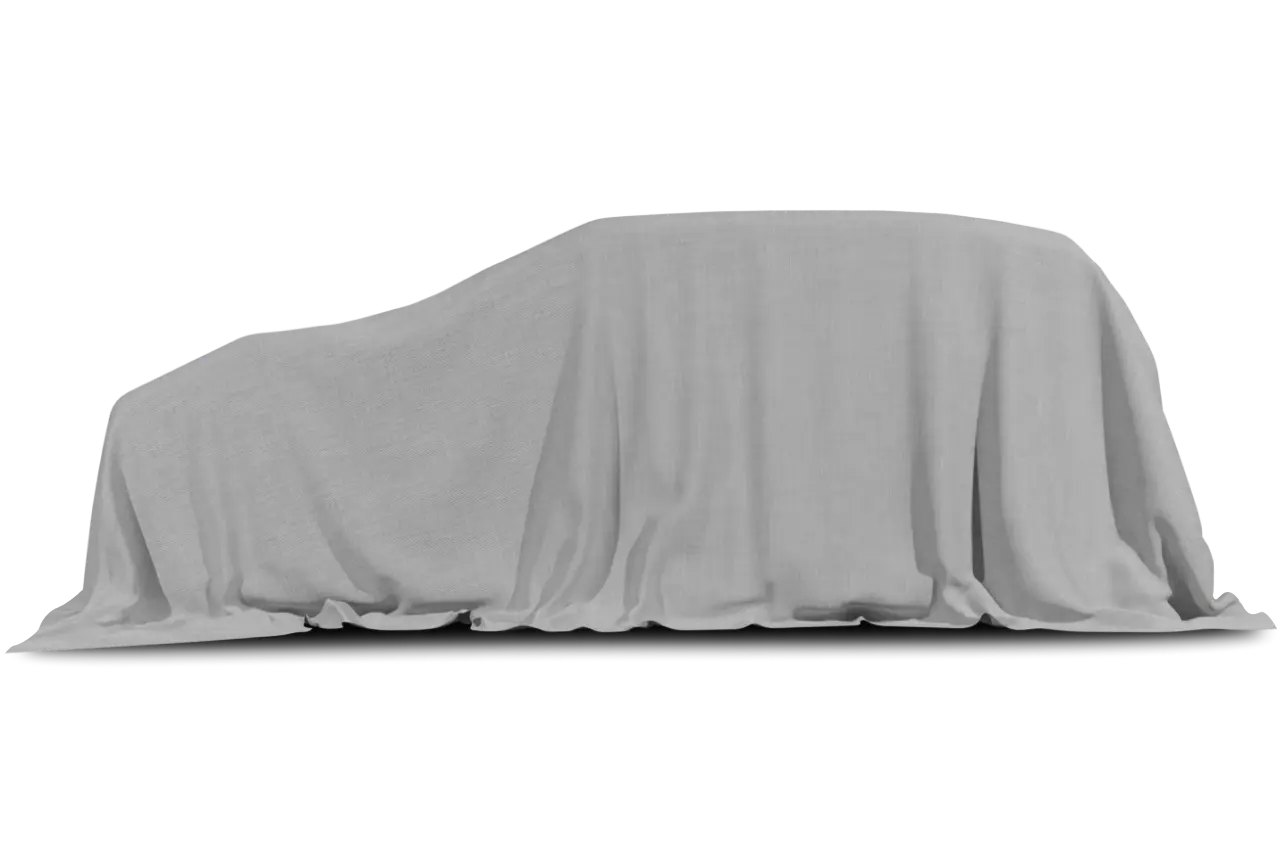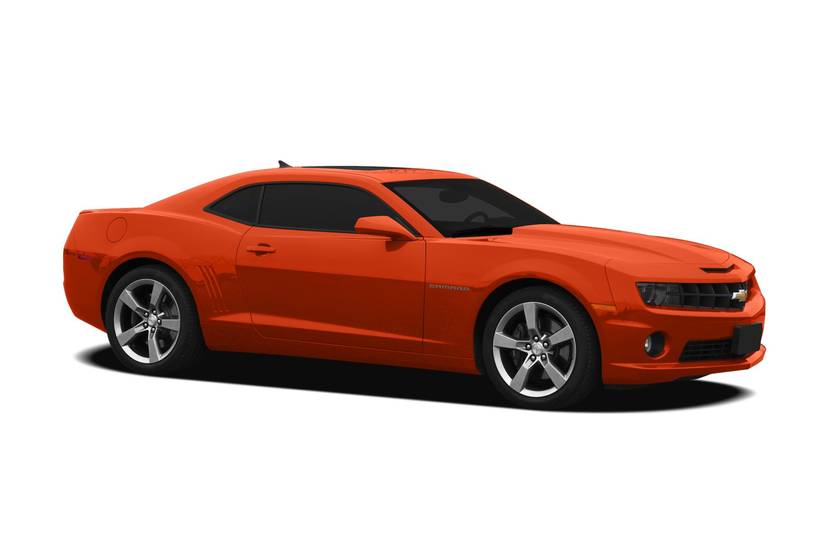
As a lifetime fan of Detroit muscle cars, I was gushing with childlike excitement as I awaited the arrival of the 2010 Chevy Camaro. It didn’t disappoint. The 2010’s redesigned exterior is hot.
With key in hand, I rushed to get the kids’ child-safety seats installed so we could embark on our first adventure. At the time, my excitement overshadowed the difficulty I had getting the booster seats into the backseat. I also looked past the whining children in the back who couldn’t buckle without their faces turning red from exertion. I helped them and quickly returned to my “zone.” I adjusted my seat and mirrors, put the key in the ignition and — whoa! Is this a Camaro or a minivan?
The V-6-equipped Camaro 2LT I tested was tamer than I’d hoped for. The SS with a V-8 would have provided the rumbling engine and heart-pounding acceleration that would have started my day better than three cups of coffee. Unfortunately, I had to find enjoyment with the much more practical middle-of-the-road 2LT with the RS appearance package, which added a rear spoiler and 20-inch wheels. The base Camaro starts at $22,680. My test car cost $31,335.
The V-6 had plenty of pep, albeit with less engine noise than I look for in a muscle car. My test car had the available six-speed automatic transmission. I would have preferred the standard manual transmission, so I could experience a sportier feel from the V-6, but my test car’s paddle shifters were just as capable.
EXTERIOR
Wicked from front to back, the Camaro has intense body shaping and many dramatic accents. The front end comes to a point like a dart, which is flanked by headlights. Even the side has devilish accents, including the large, open wheel wells and air vents just behind the doors.

My test car had a 304-horsepower, 3.6-liter V-6 engine with the available six-speed automatic transmission. A six-speed manual is standard. With the automatic transmission, the Camaro gets an EPA-estimated 18/29 mpg city/highway and runs on regular gas.
This coupe sits low to the ground, which made it easy for my kids to get in and out of it. They also had no problem fitting through the small opening to get into the backseat. I, on the other hand, earned a couple of bruises because I had to crouch down to get in.
The ample rear made for better-than-expected cargo space. I’d wager that you could fit a stroller into the trunk, which comes with a standard cargo net. The only problem is the trunk opening isn’t huge, which could cause a headache or two.

SENSE AND STYLE
Family Friendly (Not Really, Fair, Great, Excellent): Not Really
Fun-Factor (None, Some, Good Times, Groove-On): Good Times
INTERIOR
With boxy gauges and two-toned seats, you’ll never forget you’re in a muscle car in the Camaro’s interior. The front row’s heated leather seats are comfortable. I was able to find a good driving position because of the power-adjustable seats and steering wheel that tilts and telescopes. This is a low-to-the-ground car, but the driver seat’s power height adjustment helped me get a better view of the road.

However, the four-seater’s visibility is limited. If I was looking straight ahead, the bulky rearview mirror and A-pillars blocked my view. Likewise, if I tried to look out the back window via the rearview mirror all I saw were my kids’ heads and a bit of light shining through the small rear window. There was no way to safely make quick lane changes or other speedy maneuvers because I could never be sure my blind spots were clear.
In the backseat, there weren’t any kid-friendly features. Cupholders and entertainment systems were mysteriously absent from this backseat. There are two cupholders for the front row. There also wasn’t a lot of legroom in back. I’m 5 feet 4 inches tall, and my younger son, who was sitting behind the driver’s seat, had nearly no legroom. However, my school-age youngsters got a thrill out of riding in the Camaro’s super-charged style. They wanted me to drive fast and play their favorite tunes louder than necessary because they were ready to be noticed.
IT’S THE LITTLE THINGS THAT COUNT
Storage Compartments (Puny, Fair, Ample, Galore): Fair
Cargo/Trunk Space (Puny, Fair, Ample, Galore): Fair
SAFETY
Both my sons and I had seat belt problems in the Camaro. The kids couldn’t buckle up on their own, which often lead to tears of frustration. The seat belts in the front row didn’t have any height adjustments, which meant my seat belt sat on my lower neck and rubbed constantly.
I will give Chevy points for easy-to-reach Latch anchors, which sat behind slits in the leather seats. However, the bolstered seat bottoms made it nearly impossible for a booster seat to sit flat. It’d be difficult to fit a rear-facing infant-safety seat or a rear-facing convertible in the backseat because of the lack of legroom. A forward-facing convertible seat might work, but I’d try installing it before buying this car.
The Camaro has standard antilock brakes with brake assist, stability control, traction control and six airbags, including side-impact airbags for the front row and side curtains for both rows.
Get more safety information on the 2010 Camaro here.
































































